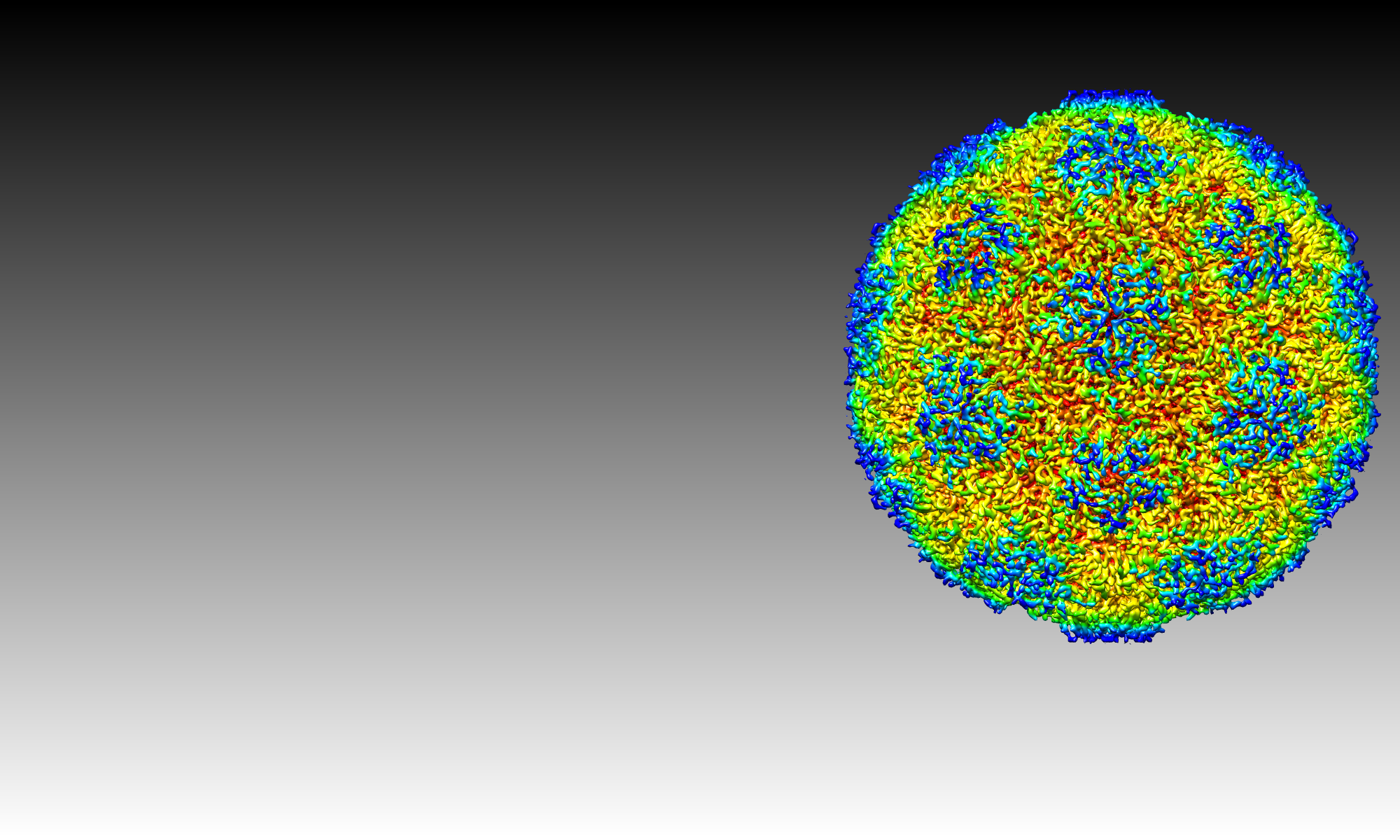Hantaviruses are borne by rodents such as voles. They are spread in the droppings of the animal, and can infect humans who come into contact with the droppings, especially farm workers and gardeners. Some hantaviruses can cause severe haemorraghic fever which can lead to death. We studied a non-pathogenic hantavirus called Tula virus, as a useful model to understand hantavirus structure and assembly. We discovered the organisation of the major proteins that interact with the host during entry, and this could help to drive development of drugs to prevent, or relieve hantavirus infection. See the article:
Huiskonen, J.T., Hepojoki, J., Laurinmäki, P., Vaheri, A., Lankinen. H., Butcher, S.J., Grunewald, K. (2010) Electron cryo-tomography of tula hantavirus suggests a unique assembly paradigm for enveloped viruses. J. Virol. 84:4889 – 4897

Research into macromolecular structure and function